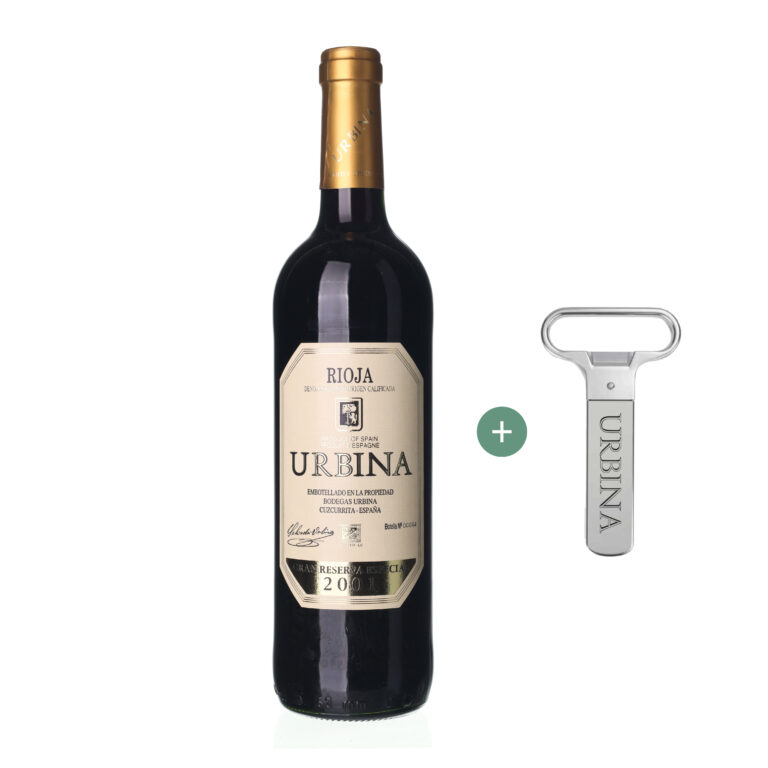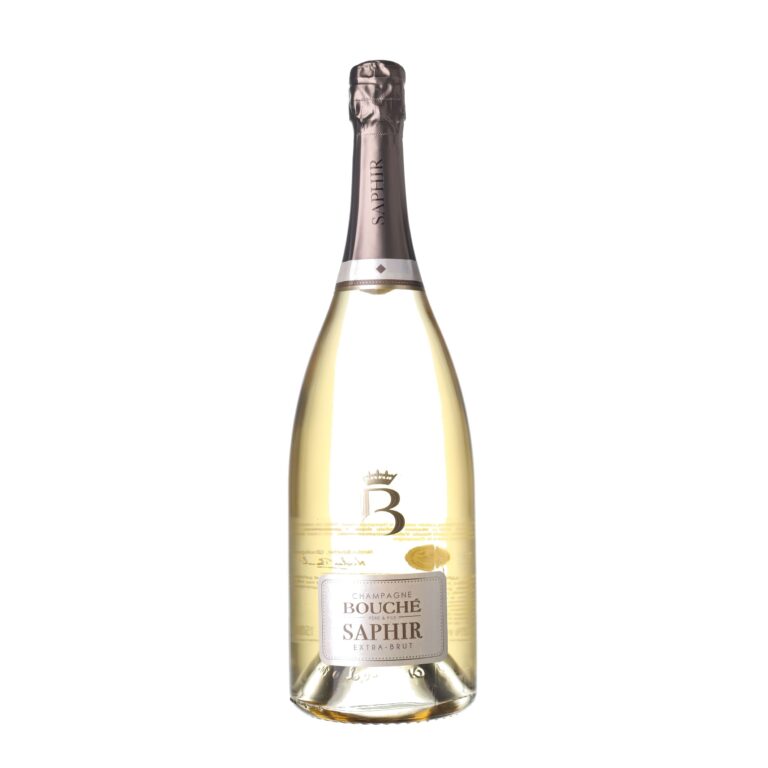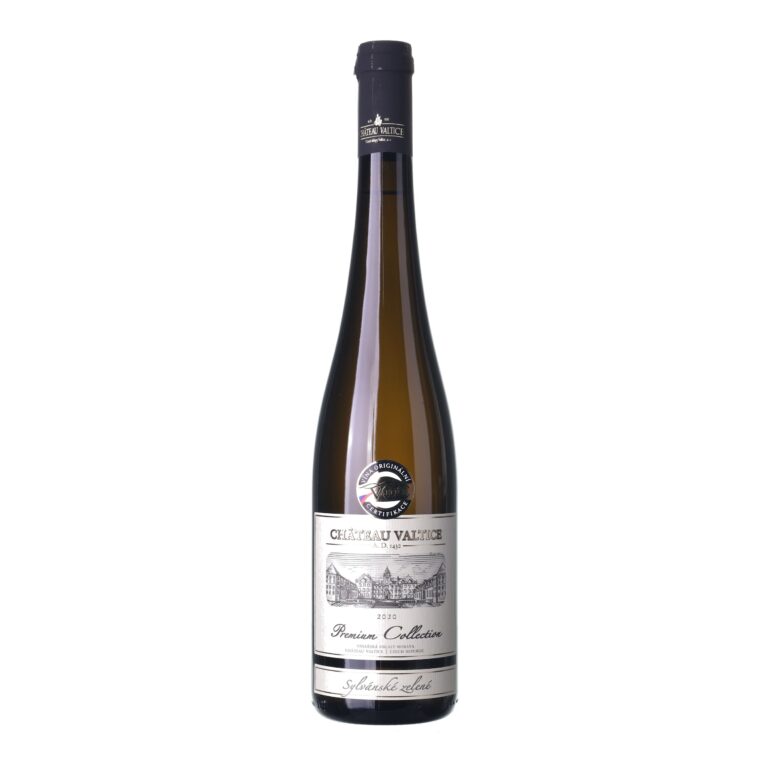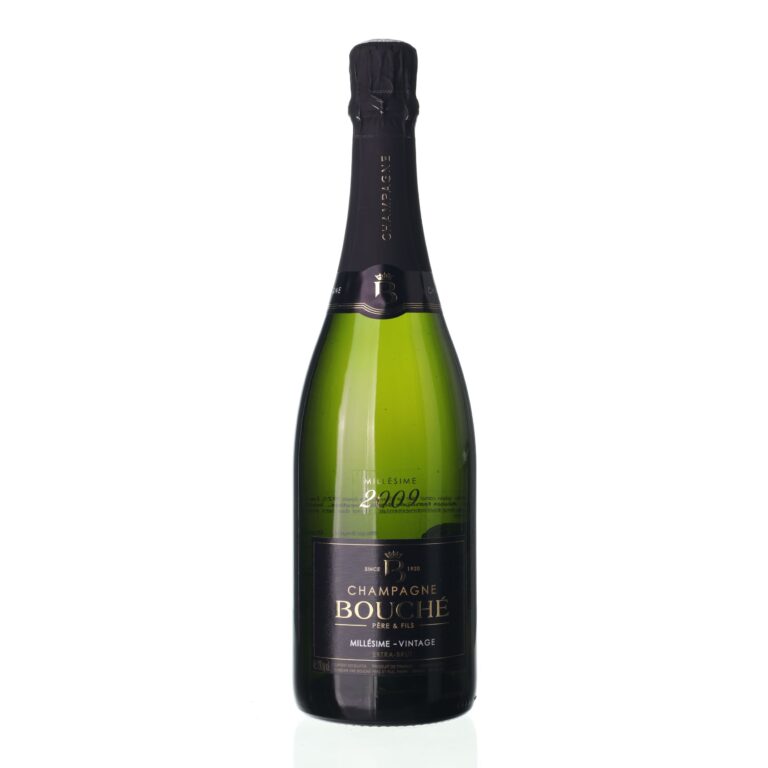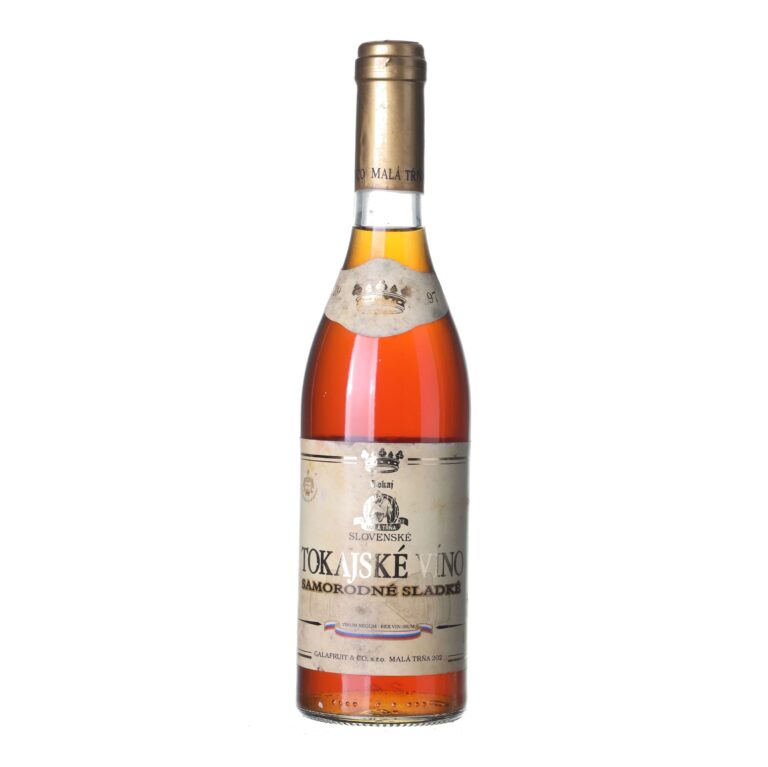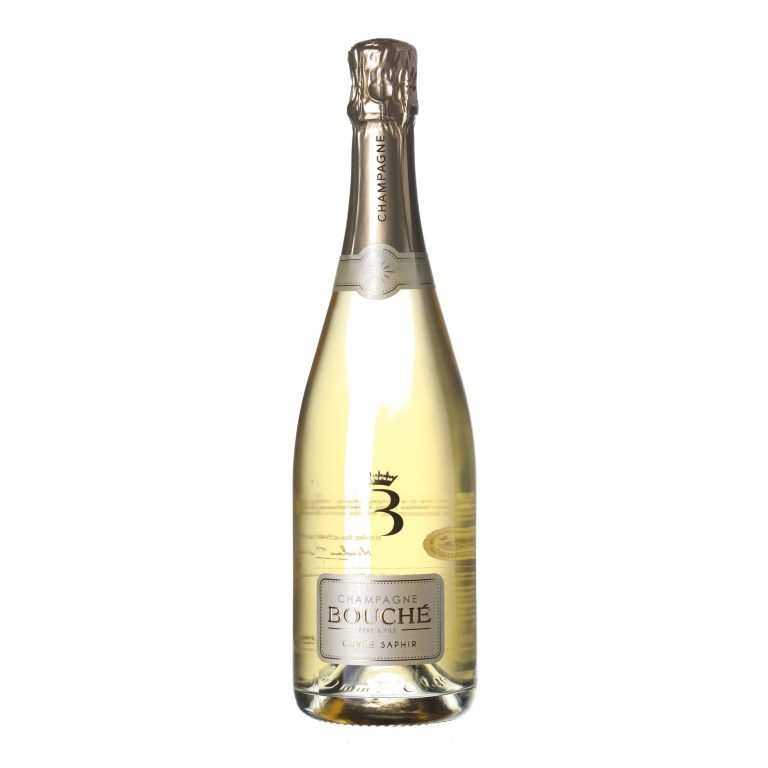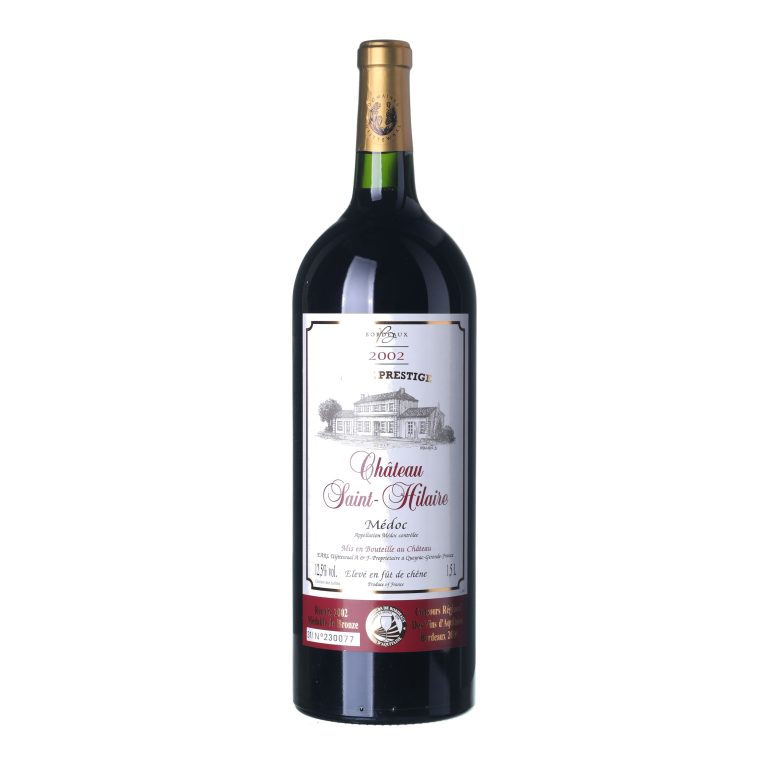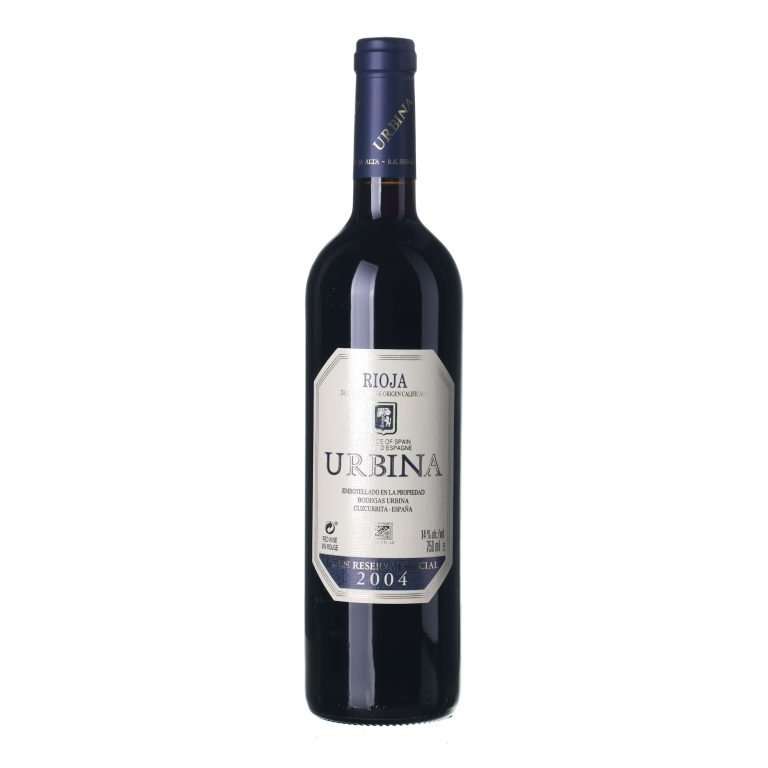5 ways to recognize spoiled wine
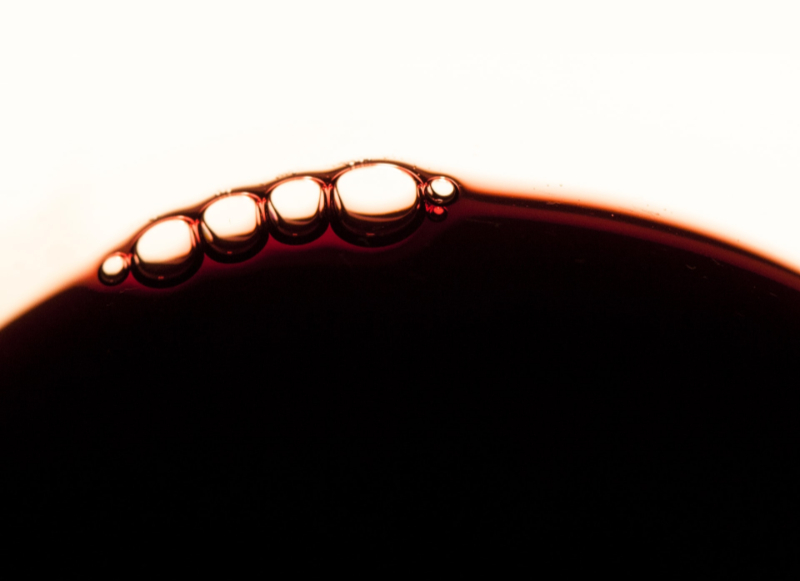
Very few things can spoil a festive moment or a relaxing evening like opening up a bottle of spoiled wine. However, when this unfortunate thing happens, at least you still have time to remedy the situation. We’ll provide you with a few tricks for detecting spoiled wine in time so your guests don’t end up with a disappointing wine like this in their glasses.
Some beauty flaws in wine may have come about during its production, while others are a result of bad storage or other inappropriate handling. Let’s take a look at most common inconveniences you may encounter when opening a bottle of wine, and how to spot them in time.
Just as in a wine tasting, the same three senses will come in useful here: sight, smell, and taste.
1. Wine shouldn’t taste like cork
A wine is corked, has cork taint, it’s corky, or has corkiness– all these expressions refer to a defect in the wine caused by a chemical compound called 2, 4, 6 trichloroanisol (TCA). How does it get into a bottle of wine?
As indicated above, its source is usually the bottle’s cork, or – to be more specific – the lower part, which has been damaged and is in contact with the wine. However, it can also sometimes happen that the stopper has been contaminated from the outside environment, perhaps as a result of storage in unsuitable conditions.
How do you reveal this defect in time? Before opening the bottle, you can take a look to see if the cork seems to be intact and makes a good seal. After pulling the cork out, examine its lower end and sniff it. Paradoxically, you shouldn’t smell a corky aroma, but either catch a light scent of the wine or nothing at all.
The next sense you’ll engage is taste. The wine can be “infected” with varying degrees of intensity, and when the cork taint is light it may go unnoticed by a non-expert. However, more serious damage is obvious. The defective taste of the wine may be described as stale, moldy, or a corky taste. The flavor and aroma of “corked” wine is bland, flat, and unharmonious.

2. Neither white nor red wine should have an unusual color
Oxidized, oxidative, skunked, or even “maderized” wine describes a flaw that arises through unintended, uncontrolled, and undesirable oxidation. This may happen during its production, or afterward during the time when the bottle is stored if the stopper doesn’t seal properly.
Oxidation can actually be desirable for some wines, but it always has to be carefully controlled. This is where we get the concept of “maderized wine” mentioned above: it’s derived from a term related to Madeira wines, which are deliberately oxidized.
How do you reveal this defect in time? Through examining the wine’s color, for both white and red wines. Oxidized white wines may have a yellow-orange or even brown tone to them. Red wines most frequently turn brown. However, a bitter taste that has lost all fruitiness and any pleasant tones to it, and which is essentially dead is what really gives it away.
Be cautious of oxidation even in wines that were fine when you opened them, and if you don’t consume all the wine soon thereafter make sure you are using something suitable for sealing up the bottle.
3. Only sparkling or effervescent wine should have bubbles
Sparkling in still wines that aren’t supposed to have this property is an unpleasant discovery. Especially in red wines, this is a first sign that something isn’t right.
Whereas the presence of carbon dioxide is necessary in sparkling wines, in a still wine it can indicate that a secondary fermentation has taken place in the bottle.
On the other hand, in the case of white wine there can be a production process where a small amount of CO2 is preserved in the wine in order to keep it fresh, and it can be detected upon opening the bottle. However, this impression should not be unpleasant in your mouth, and it should give a “fresh” feeling rather than indicating an instability in the wine.
How do you reveal this defect in time? Either the effervescence is visible or you feel it on your tongue.
4. Rotten eggs? An unusual smell in your wine reveals a lot
Wine with too many sulfites added, or over-sulfured wine reveals itself after the bottle is opened with a bad smell, or a stinging sensation when you taste it, and it has a very unpleasant sharp taste. Sulfur dioxide enters the wine during its production – in what’s called “sulfuring” – for the purpose of helping to preserve it and preventing oxidation. However, the amount used has to be carefully monitored.
How do you reveal this defect in time? Who wouldn’t recognize the smell, or rather the stench of a freshly-struck match? This is what indicates that your wine was oversulfured.
The smell or taste (only detected by the boldest tasters) of hydrogen sulfide, which is also reminiscent of rotten eggs is another flaw that can arise in wine. It’s created by yeast and an excessive fermentation process.
5. Let’s enjoy sour pickles instead of sour wine
Vinegaring in wine, volatility, or excess acidity is caused by the acetic acid and its compounds. Vinegar bacteria can also be found in the air and in wine, and in their reaction with alcohol – in the presence of air they oxidize the alcohol to acetic acid and carbon dioxide. A certain amount of volatile acidity can be desirable in certain wines.
How do you reveal this defect in time? It’s revealed in a sour, sharp, or even acetone taste in the wine, and in a slightly cloudy appearance.

The way wine should be, or a final recap
At the conclusion, let us add that there are other defects in wine, or diseases or imperfections that consumers may encounter. For example: yeast contamination, undesirable cloudiness, or some other atypical presentations.
Certain defects in wine – such as a tainted “mousy” smell – were associated in earlier periods with poor hygiene and a lack of adherence to the necessary conditions of sterility when producing the wine. However, today such cases have been all but eliminated and it’s exceptional to run into them.
This issue is more of the province of experts, and the other potential flaws you may encounter can also be detected in the ways we have described above. Let’s just recall what those are. After you open your bottle of wine, this is how you’ll proceed:
- Inspect the cork and sniff it.
- Pour a little wine into a glass and examine its color against a source of light.
- Smell the wine.
- If you don’t see anything amiss yet, circle the glass and then let it stand for a while.
- Taste the wine if the previous steps didn’t indicate that something may be wrong with it.
We hope you’ll have as few of these unpleasant experiences with wine as possible!
Select wines. In your email.
once every month. You can look forward to our recommendations, interesting content, and great offers for your archive for your archive.
By sending an email you agree to the Terms and Conditions for Protection of Personal Data



